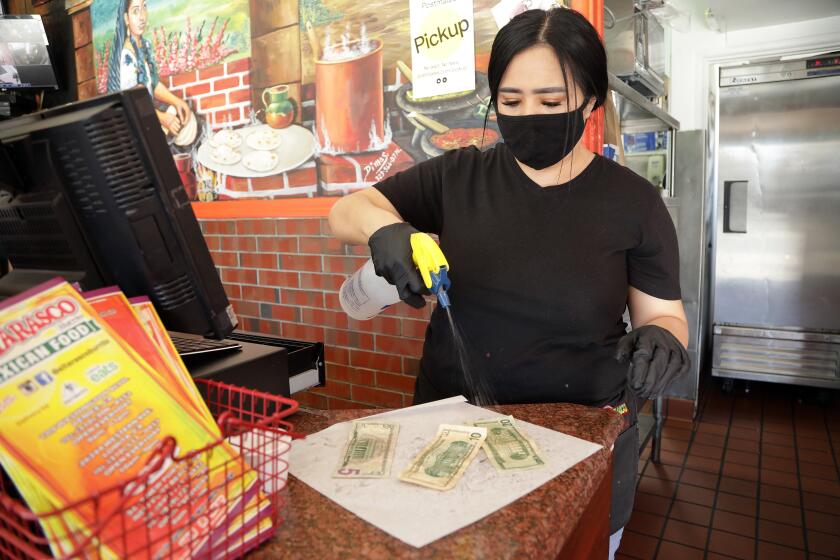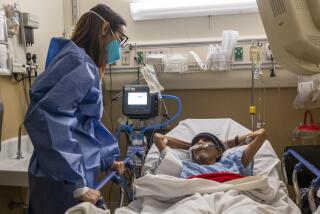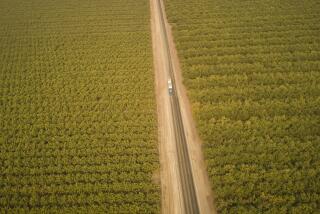In rural Northern California, dread and denial greet coronavirusâ slower creep
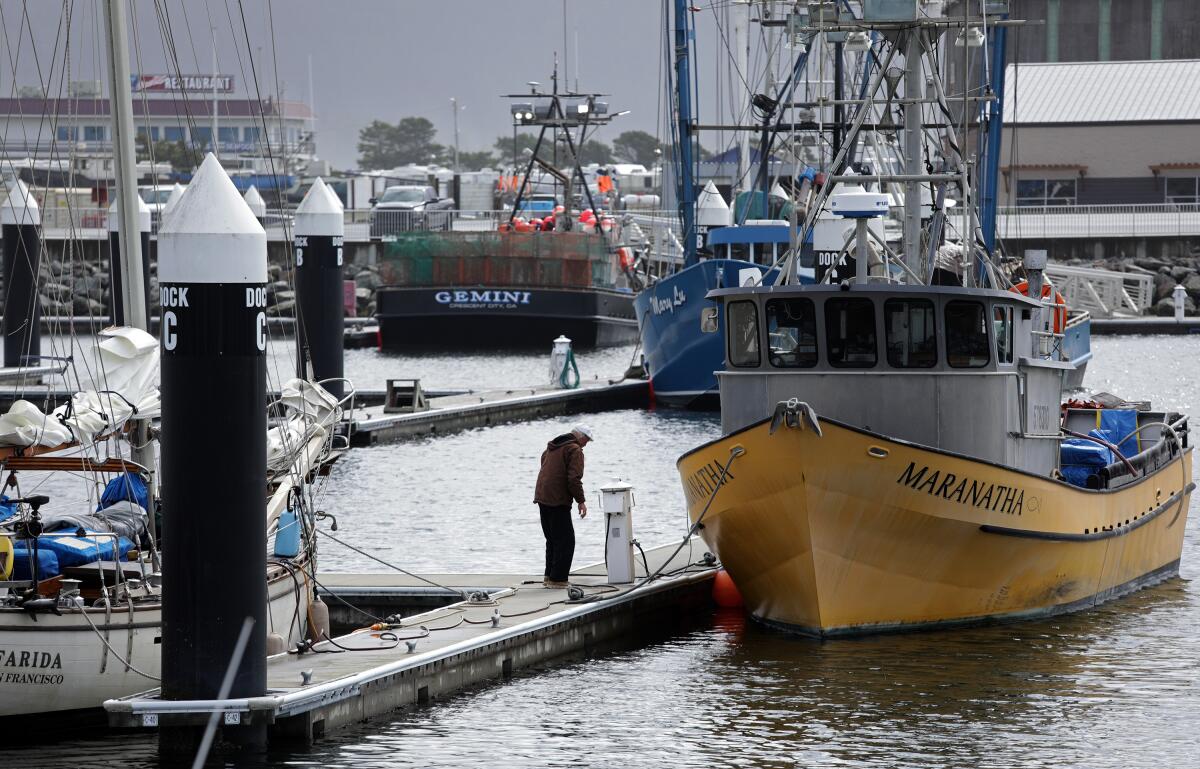
From her bakery in the Gold Rush town of Quincy, Calif., Amy Carey said the last few weeks have felt like the great wait.
On Tuesday afternoon, no confirmed cases of COVID-19 had been announced in rural Plumas County. But it was getting closer: a few cases in neighboring Butte County, the first death just announced in Reno â the nearest city, at 82 winding-mountain-road miles away.
âWeâre just waiting to hear when the first case will be,â said Carey, co-owner of Quincy Provisions.
A few hours later, her nephew broke the news: Plumas County had just announced its first confirmed case. On Facebook, locals were already sleuthing, trying to figure out who the sick person was. The tension in this Sierra Nevada town rose.
âI think it shocked some people because maybe they didnât think it would come,â Carey said. âBut itâs here.â
In Northern California, the COVID-19 pandemic has felt both real and surreal. It has shut down schools, closed businesses, canceled events. But the virusâ creep into the vast, sparsely populated region has been much slower than in urban locales farther south, where confirmed cases have skyrocketed into the thousands. As of Friday, five counties north of Sacramento had yet to report a single confirmed case of COVID-19.
In the northern reaches of the Golden State, the slower spread has caused a creeping sense of dread â and skepticism. In towns where a conservative spirit reigns in opposition to Californiaâs famously liberal ethos, distrust of the government is in no short supply. Still, for the most part, people here seem to be taking the threat seriously, officials and townspeople said.
âMost of the residents are doing a great job staying at home and social distancing,â said Kerri Schuette, community relations program manager with the Health and Human Services Agency in Shasta County, which had 11 confirmed cases as of Friday. âUnfortunately, there is a smaller group that believes this is overblown, and theyâre not following the guidelines while putting others at risk.
These are some of the unusual new scenes across the Southland during the coronavirus outbreak.
âWeâre not like other counties where the numbers are high,â she added. âMost residents donât know anyone in quarantine or with COVID-19, and so we have to continue to educate them about the seriousness of this disease.â
Rural hospitals nationwide, which already faced a scarcity of doctors and dwindling resources, are bracing for a wave of high-risk coronavirus patients. Experts say the virus could inflict disproportionate damage in rural America because its population is generally older, heavier and has more underlying health conditions.
Hospital administrators in conservative rural areas say they fear residents were slow to take the threat seriously because President Trump initially downplayed it, saying Democrats and the news media were over-hyping the danger.
Across the Golden State, images of desolate roadways â especially striking in cities that are infamous for clogged freeways â have highlighted peopleâs unprecedented efforts to restrict their movement to slow the virusâ spread.
The amount Californians have reduced their travel varies by county, according to an interactive map released last week by Unacast, a New York-based technology company. The companyâs social distancing scoreboard uses data from millions of anonymous mobile phones to compare the distances that people traveled before the outbreak began and after it took hold.
The companyâs data show Californians overall reduced their average distance traveled by at least 40% since late February, earning a C grade. Los Angeles County received a B grade after residents reduced their average distance traveled by at least 55%.
The data show that counties with few or no confirmed cases were less likely to reduce their average travel distance. But officials in those areas say thereâs a caveat in rural places: Traveling long distances to get groceries or takeout is just a way of life. And in areas where agriculture and more physical labor are more common, people are still going to work.
Los Angeles Timesâ visual coverage of the coronavirus crisis
State Sen. Mike McGuire (D-Healdsburg), who represents seven counties stretching from Marin north to Del Norte, said the virus has steadily been âmaking its way up the Highway 101 corridor for the last three weeks.â
âThereâs deep concern in rural California because, even in the best of times, we donât have the resources that exist in suburban and more metropolitan areas of this state,â McGuire said.
Along the economically distressed North Coast, where the future lies not in the logging jobs that once defined it but, increasingly, in tourism, the closure of small businesses during the pandemic has been especially painful.
While major school districts such as Los Angeles Unified have set up sites for grab-and-go meals during school closures, bus drivers in some far-flung rural districts are continuing their routes, delivering two meals a day to families who canât afford to keep driving to town, McGuire said. In Trinity County, some bus routes along winding mountain roads are 1½ hours each way, he said.
As of Friday, there were no confirmed COVID-19 cases in mountainous Trinity County, home to about 12,000 people in a place four times larger than Orange County. This week, the county health agency asked nonresidents to stay out and banned recreational camping and hotel stays.
Donna Friedman, who owns Mamma Llama Eatery and Cafe in Weaverville, a tiny Gold Rush town, said that even with no confirmed cases, people are heeding the orders.
âThe streets are pretty empty now, and outside of essential workers, you just donât see anyone,â she said. âPeople are staying home.â
The only areas that seem loosely regulated, she said, are the trails surrounding nearby campgrounds. She hasnât seen big groups of hikers, âbut you still see people out there, and I donât know if anyone is checking.â
Del Norte County also closed hotels, campsites and vacation rentals to nonessential, short-term travelers. The county confirmed its first COVID-19 case Thursday afternoon.
This week, Charlie Helms, harbor master for the Crescent City Harbor District, said everyone knew the virus would spread to their remote corner of the state. It was just a matter of time.
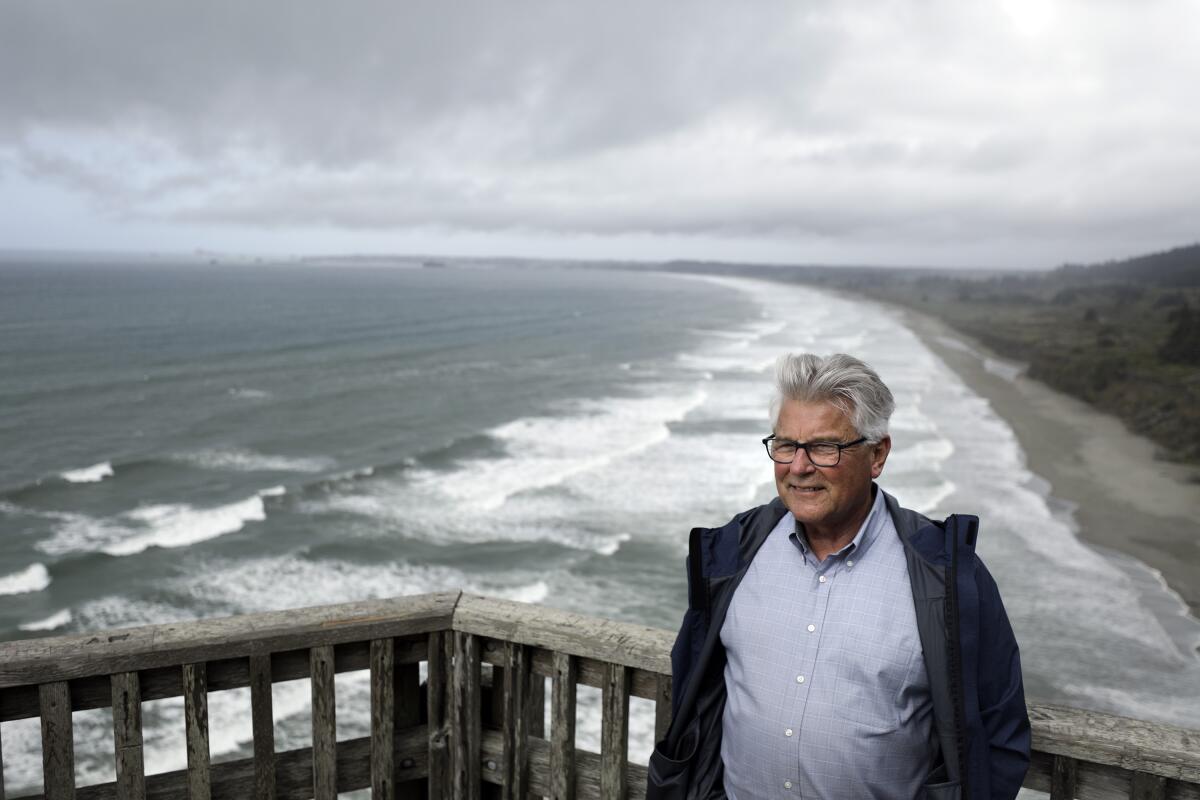
âItâs like the old cartoons where you have a devil on one shoulder and an angel on the other,â he said. âThe angel says, âArenât we lucky?â And the devil laughs and says, âJust wait.ââ
Helms said the beaches in Crescent City â unlike many in Southern California â are still open because they are uncrowded even when there is no pandemic. From his harbor office window, Helms could see the âcrowdâ at nearby South Beach on a sunny afternoon this week: one paddleboarder.
Helms said the virus already has devastated the regionâs lucrative Dungeness crab season. Prices have plummeted, he said, because dine-in restaurants are closed and exports to once-reliable foreign markets have stopped.
In rural Shasta County, Terry Rapoza said he thinks the reaction to COVID-19 has been overblown. An organizer for the State of Jefferson movement that seeks to carve a separate state out of Californiaâs rural northern counties, Rapoza said heâs alarmed by the government-ordered shutdowns of businesses and bans on gatherings.
âI think coronavirus is serious. Donât get me wrong,â Rapoza said. âBut to trample on peopleâs constitutional rights, thatâs a good way to control them. You control the food line, you control the pipeline on medicine.â
Rapoza said the answer to stopping the spread of COVID-19 is personal responsibility, not government orders. He and his wife, Sally, keep their distance from others on walks around their Redding home and canceled meetings of their Redding Patriots group two weeks ago.
A meme shared by his wife, known on Facebook as Rally Sally, featured a yellow Gadsden flag often used by the tea party. The coiled rattlesnake was wearing a surgical mask, and the words âDonât tread on meâ were replaced with âDonât cough on me.â
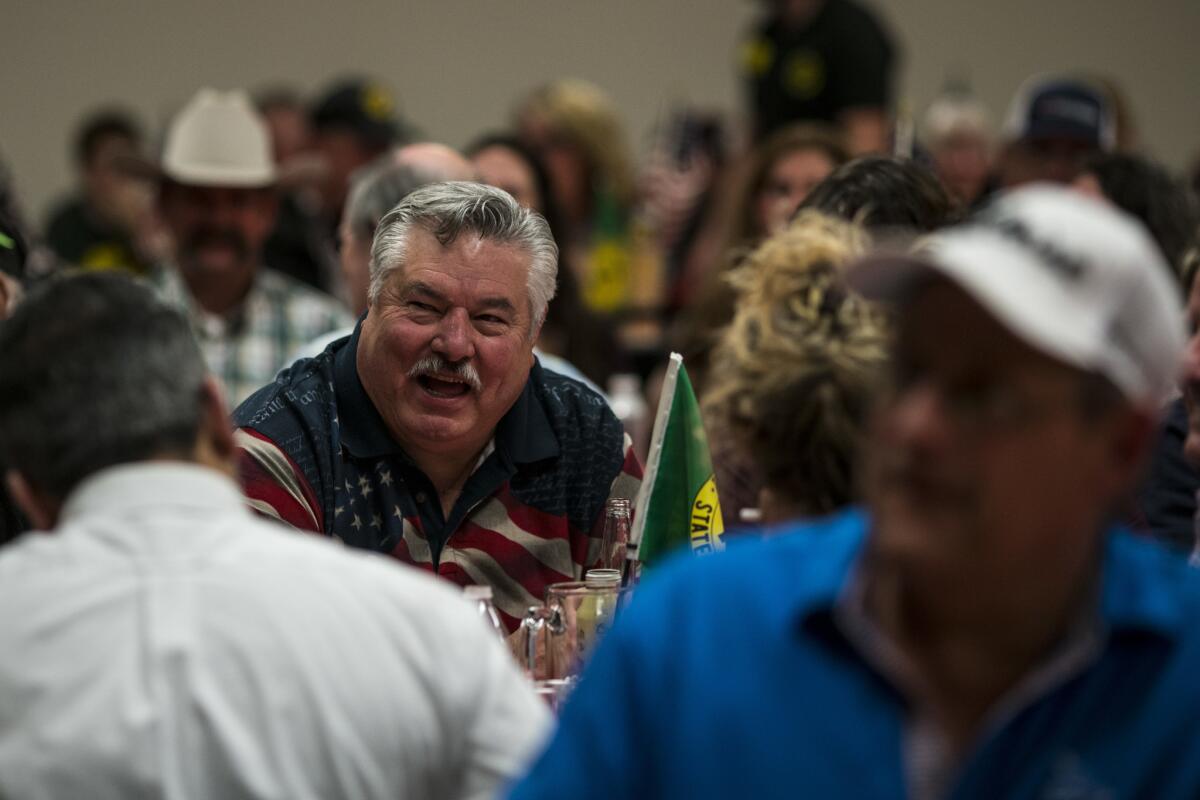
Redding residents Richard and Fran Wilkinson are coping with the pandemic with humor. Heâs 88. Sheâs 82. He took a picture of her sitting in a recliner, wearing a camouflage jacket and clutching a huge pump-action shotgun to protect valuable property: a basket full of toilet paper rolls.
They, too, figure itâs all a bit of an overreaction, but theyâre staying inside. They even let an ex-neighbor pick up some groceries for them a few days ago.
âIâm a Trump supporter myself, and a lot of Democrats, theyâre trying to blame Trump for this,â Richard Wilkinson said. âBut weâre doing the best we can with what weâve been given.â
Wilkinson is no stranger to devastating disease. In 1949, his younger sister, a freshman in high school, was stricken with polio. The family lived in tiny Strathmore in Tulare County. He drove her to the doctor, who told him to take her to the hospital right away. The whole drive, she screamed, âI donât want to have polio!â
She was put in an iron lung. She died days later.
Wilkinson and his siblings were quarantined. They couldnât attend her funeral.
Times staff writer Hannah Fry contributed to this report.
More to Read
Sign up for Essential California
The most important California stories and recommendations in your inbox every morning.
You may occasionally receive promotional content from the Los Angeles Times.

